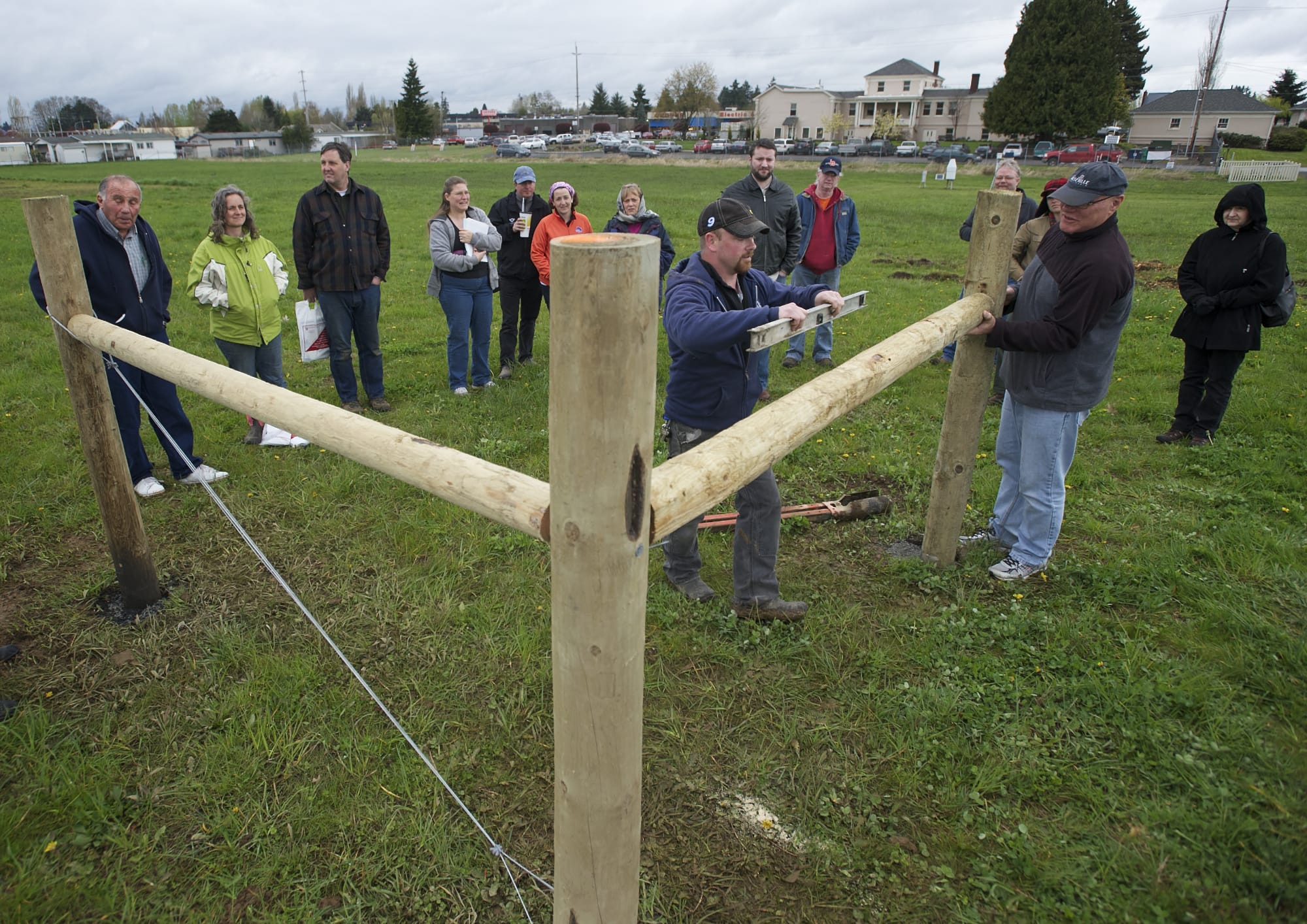By the numbers
o 74,758: total acres in farm use in Clark County in 2012
o 1,929: total farms in the county in 2012
o 2,101: farms in the county in 2007
o 67: Christmas tree farms in 2012
o 114: Christmas tree farms in 2007
o $50.9 million: market value of county agricultural products sold in 2012
source: U.S. Department of Agriculture
The amount of farmland in Clark County continued its long decline in recent years, even as more small operations have sprouted during that time, according to new federal data released Friday.
Figures from the U.S. Department of Agriculture showed 1,022 farms totaling 24,099 acres of harvested cropland in Clark County in 2012, both down slightly from 2007, the last time a detailed county-level snapshot had been compiled.
For total farmland — a number that includes some timberland and conservation areas — the county tallied 1,929 farms totaling 74,758 acres in 2012, according to the data. Those figures also reflected a slight drop from 2007.
The data were part of the USDA’s Census of Agriculture, released once every five years.




